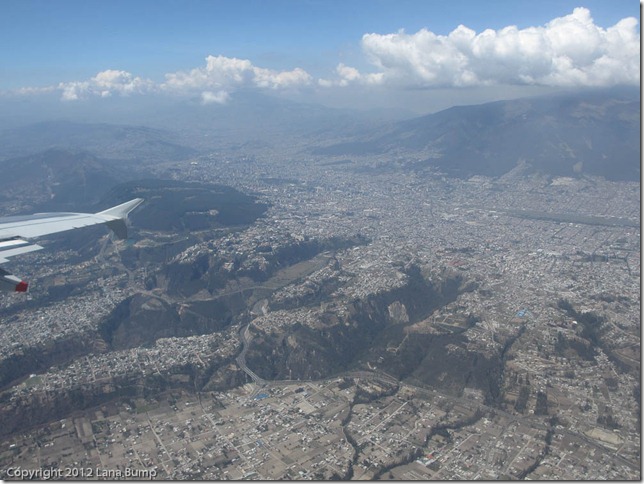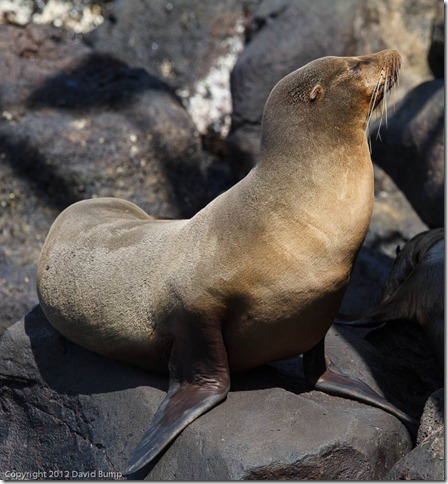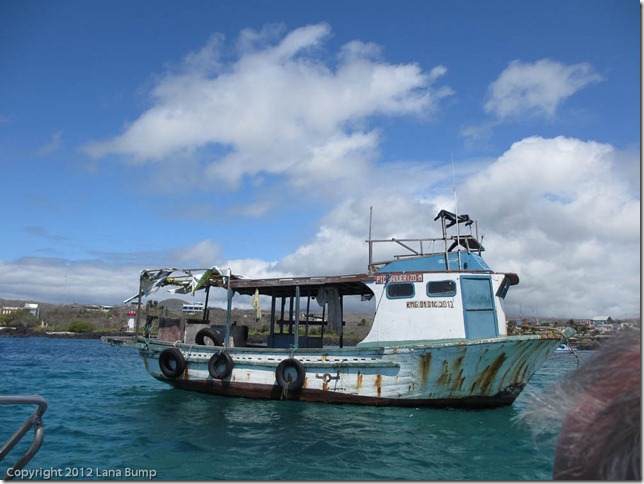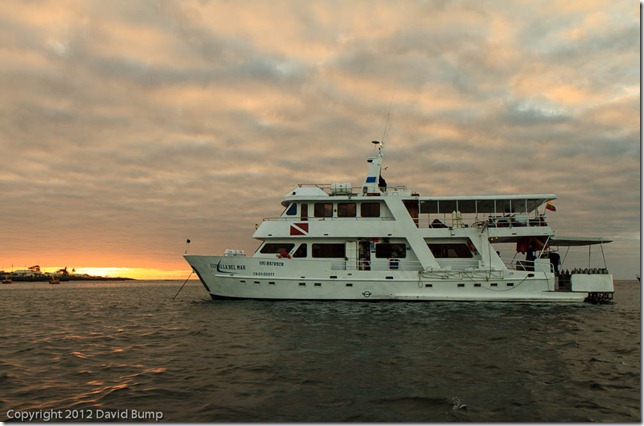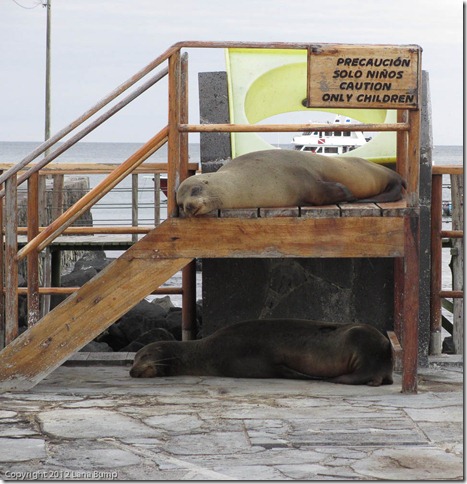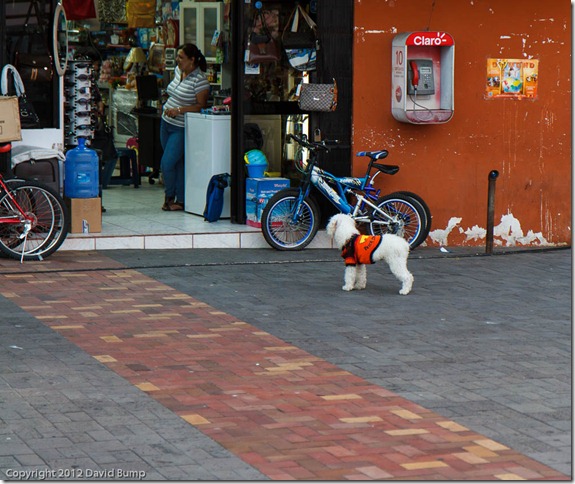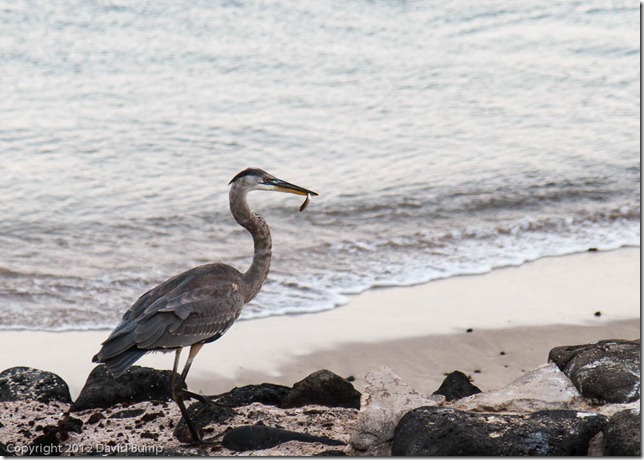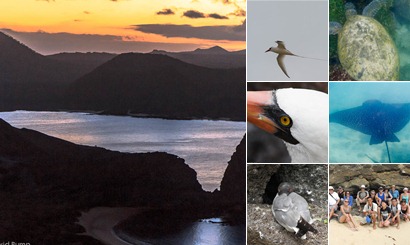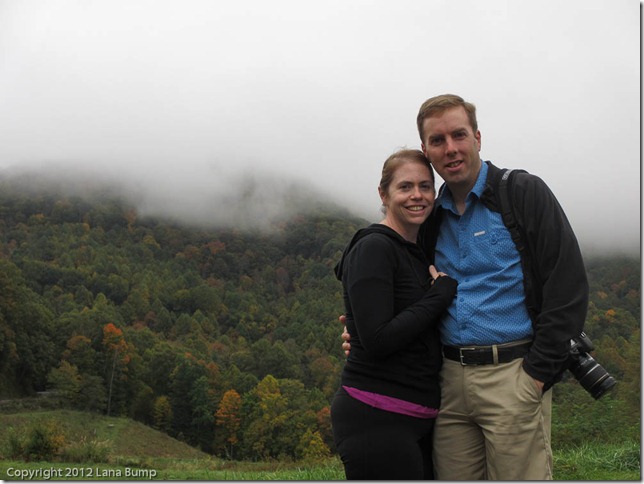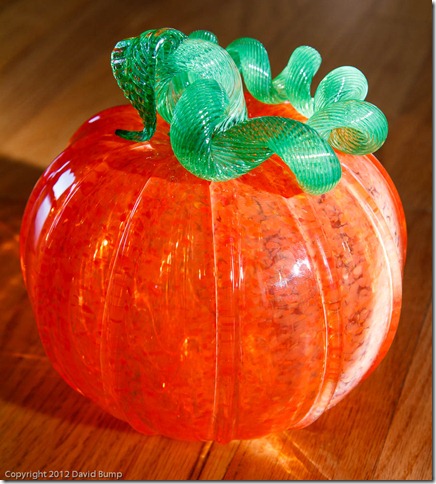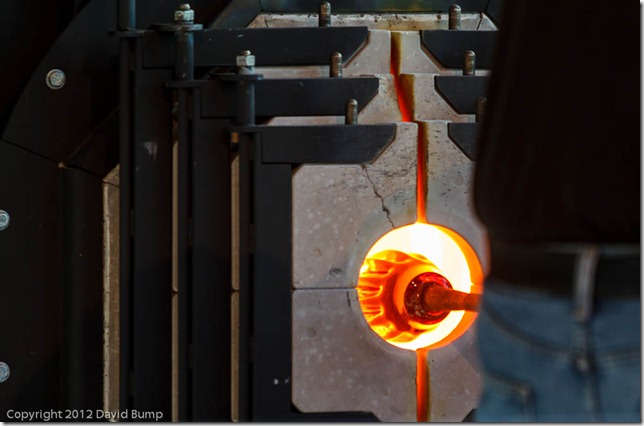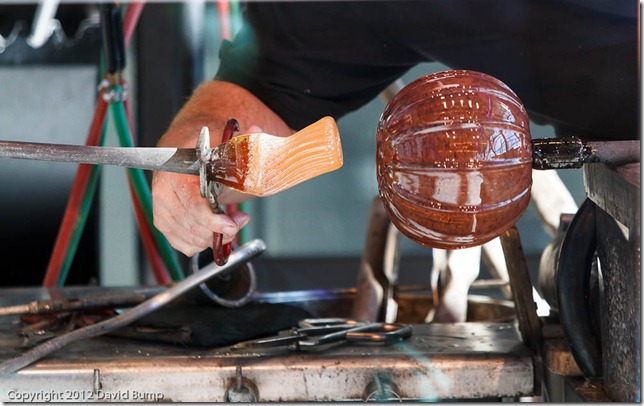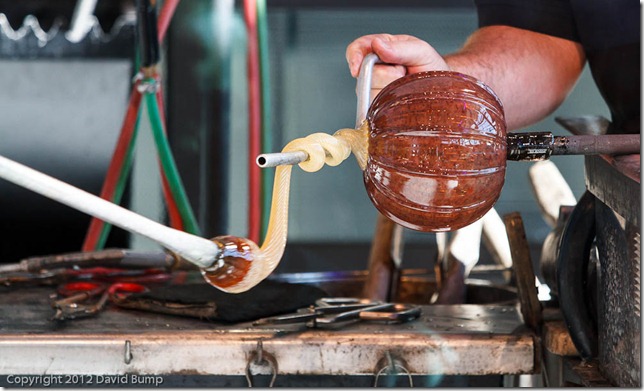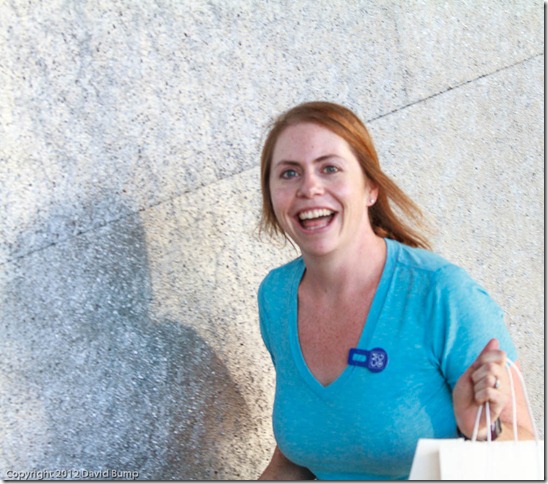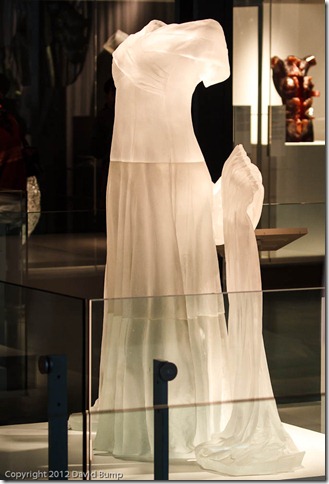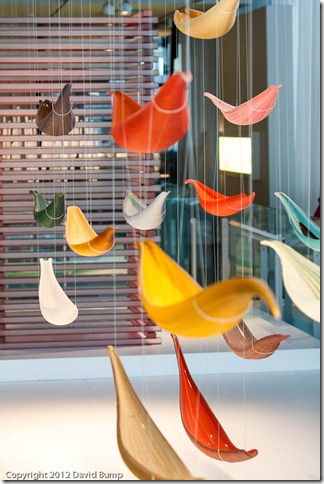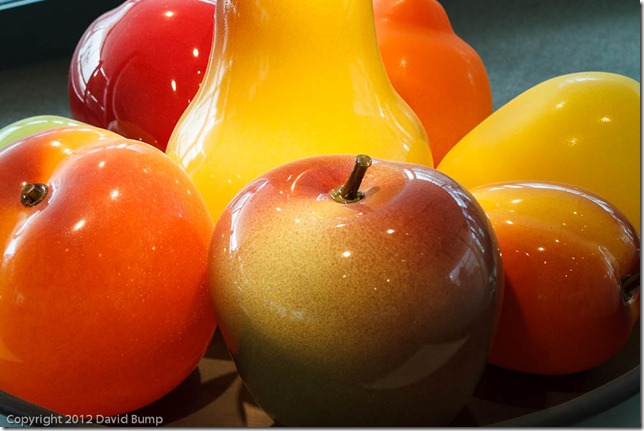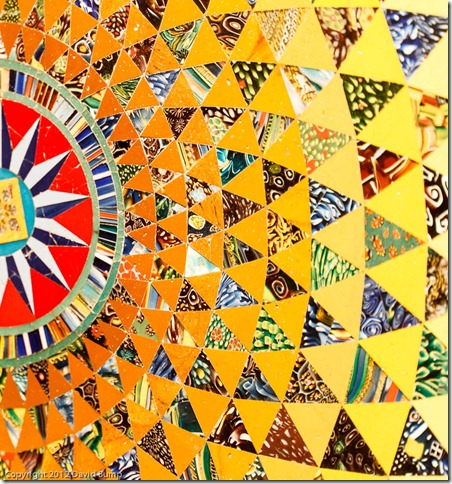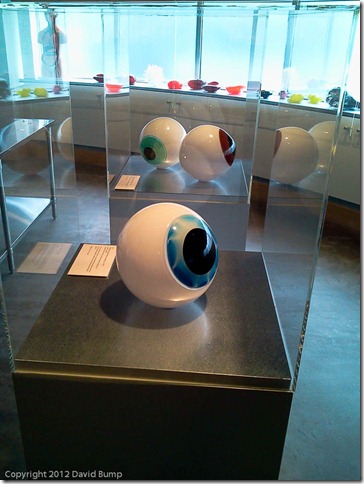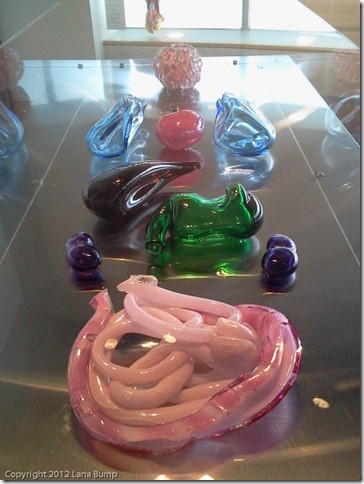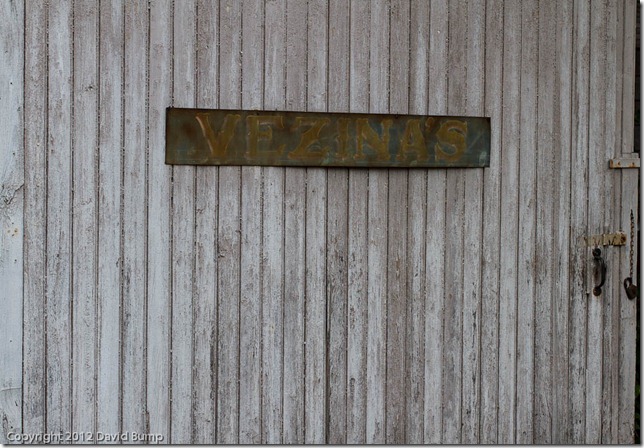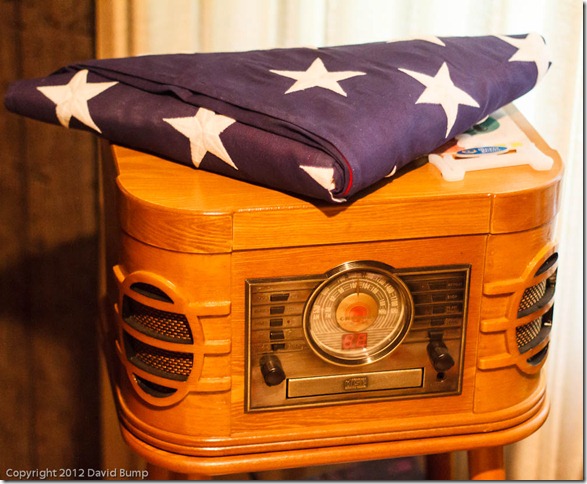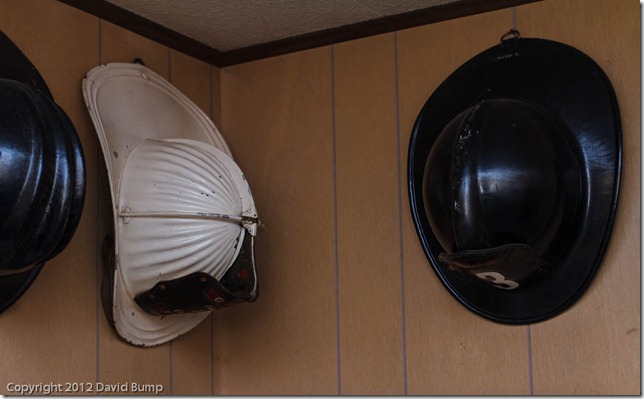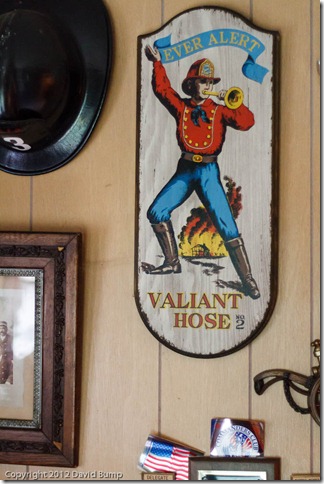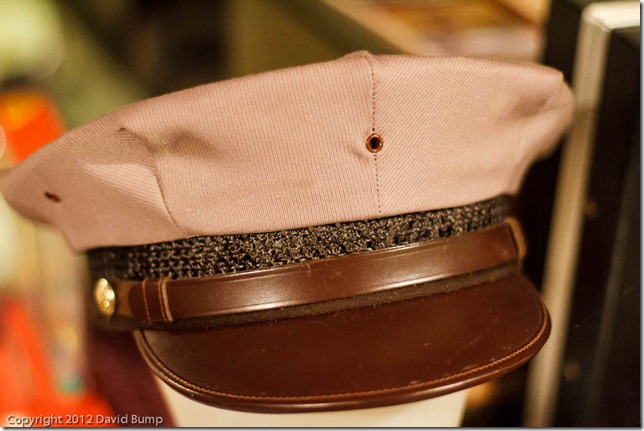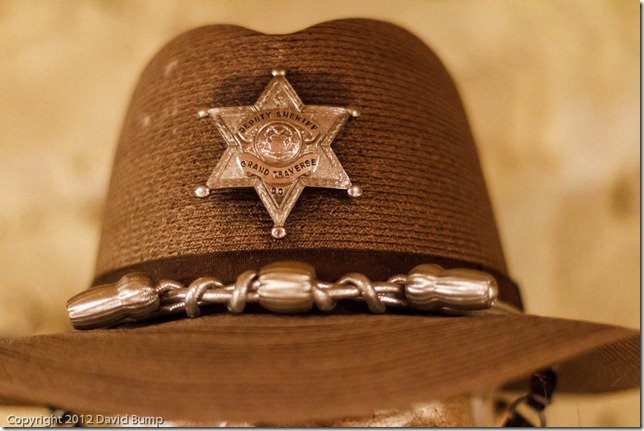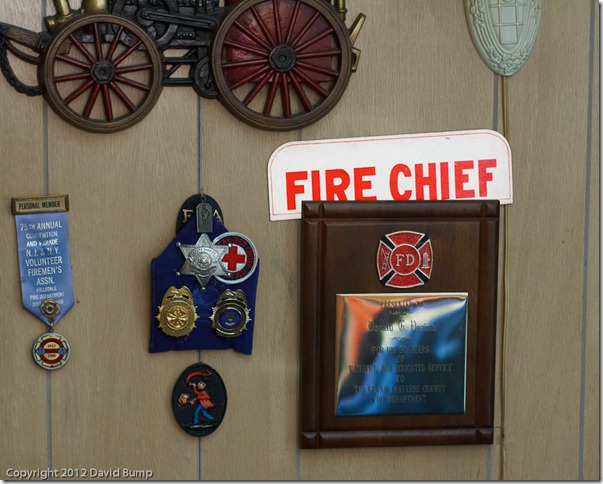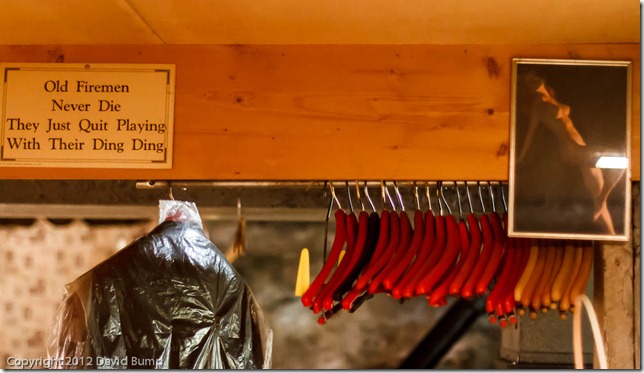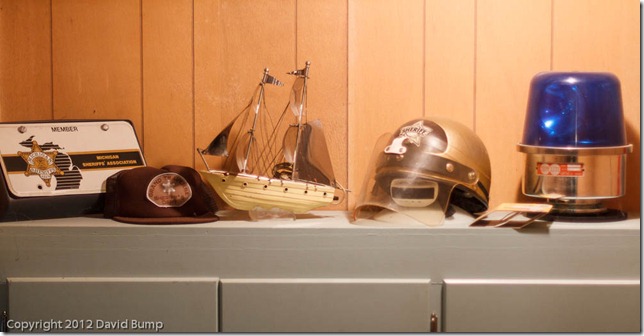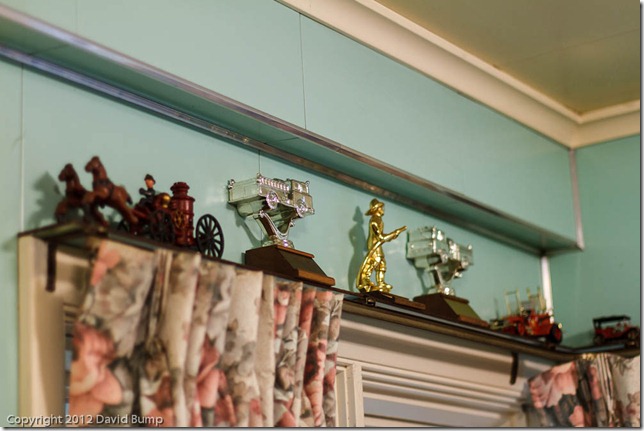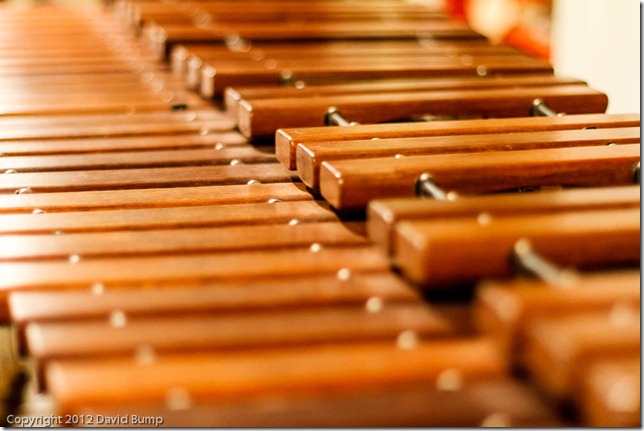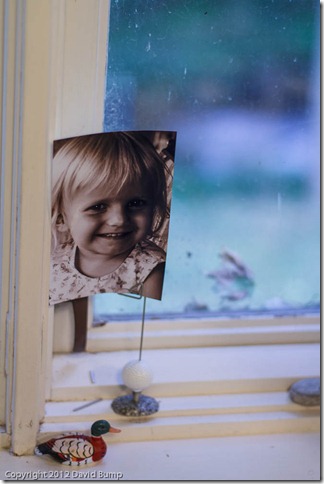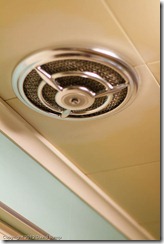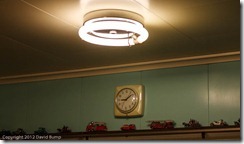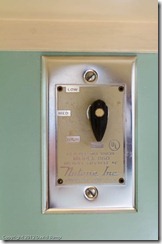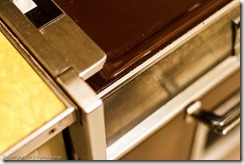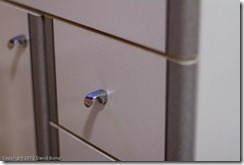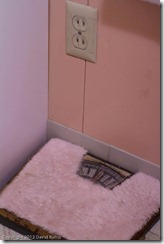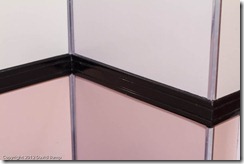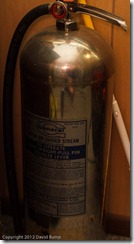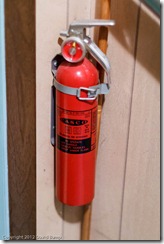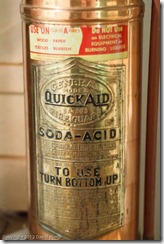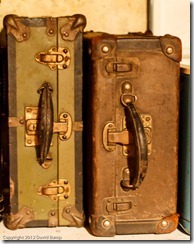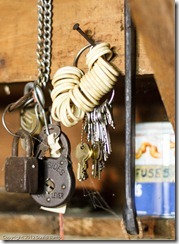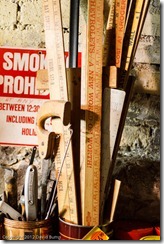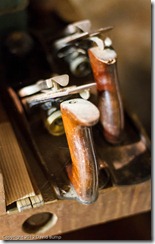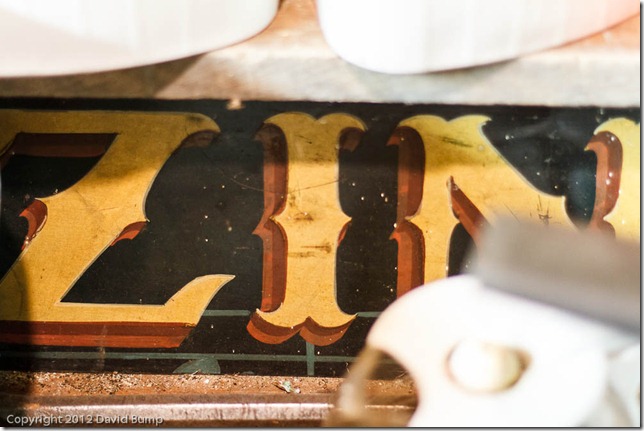We took a taxi to the airport through morning rush hour traffic, but got there way early anyway. After having our bags scanned by Sigcal (the folks on Galapagos want to make sure you’re not bringing in anything organic), then paying for our tourist card ($10), we checked in for our flight, then went through security (um, I guess that’s what it was, but I didn’t have to take my shoes off or fish out my 3-1-1 bag, or dump out our water, so I’m not sure). We left right on time, and finally got an aerial view of the city we’d been traipsing around for the last couple of days. It was so much bigger than we thought!
After a quick stop in Guayaquil for more passengers and refueling (they really want to make sure you have your seatbelt unfastened during that bit), we were off across the water to San Cristobal, the nearest of the islands in the Galapagos.
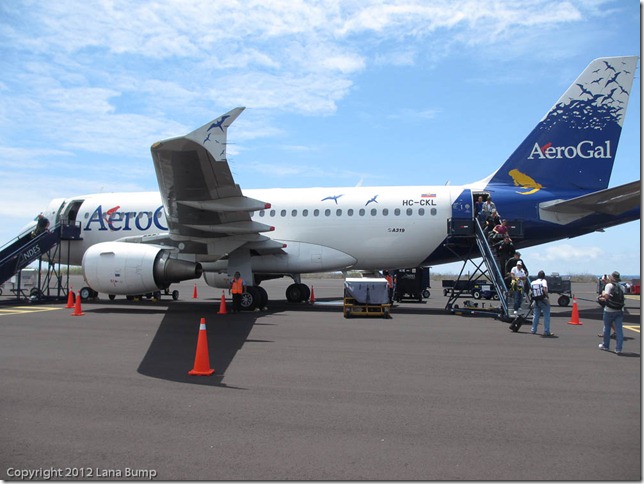
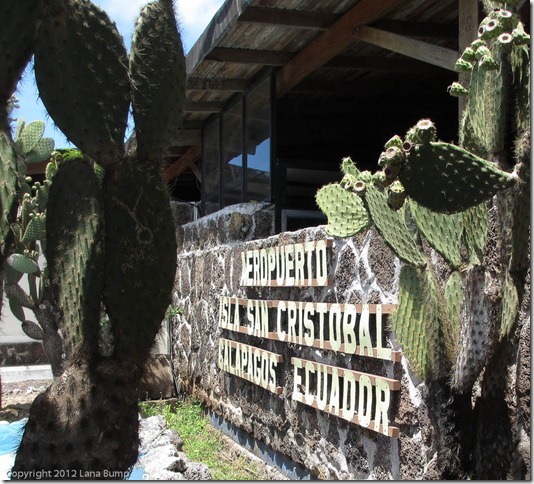
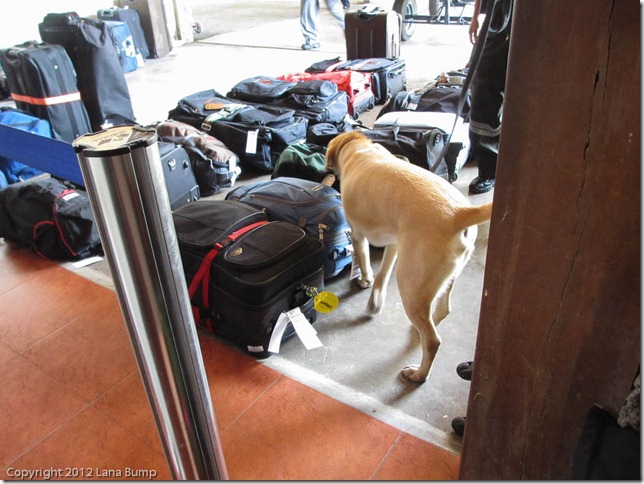
After our bags passed the sniff test, we were free to go meet our group and our naturalist guide for the next week. We bumped into a nice couple in line to get our tourist card in Quito, who were then in seats directly behind us on the airline. After a brief chat, we realized we were headed to the same boat! What luck! Norman and Norma are from Ottawa, and we would get to know them quite well over the next week. Once our guide Enrique gathered us together and herded us onto a bus to the dock, we were on our way!
This guy, and a bunch of his friends, were waiting at the dock as our welcoming committee. We practically had to climb over them to get in the zodiac (or panga, as it’s called here) to tender out to our boat.
This boat?
No, this boat:
Right after climbing on board we had our briefing, telling us what we’d be doing for the rest of the day, and then we had some lunch while we sailed up the coast to Lobos.
After lunch we got organized: unpacked our swimsuits, got fitted for wetsuits (the water is only 65 F, so we all opted for wetsuits except for a couple of Tasmanian fellows who toughed it out without one) and snorkel fins, as we brought our own snorkels and masks. After we arrived we got back in the panga and jumped into the water directly from it. Our first snorkel was eventful—we saw sea turtles, stingrays, and lots of fish.
After about an hour we headed back to the boat from the panga, and then sailed back to the harbor at San Cristobal where we anchored for the night. Some frigate birds followed the boat back with us, hoping to steal a meal.
Before dinner we had an opportunity to take the panga back into town and walk around for an hour. As we were still getting our sea legs, it seems like a good idea. The town is called Baquerizo Moreno, and it was just about as sleepy as it could be.
Just as the sun was setting we headed back to the Estrella, our home sweet home for the next 8 days. Here is a look at our tiny cabin—not pictured is the small adjoining bathroom, with a handily small shower. It keeps you upright if the boat starts to rock while you’re in it.
Our first day was a big one, and we were exhausted. We did, however, take some sea sickness pills (Bonine) before going to bed, which was a very good thing, as the boat started motoring up the coast for our second day around 2 am.
